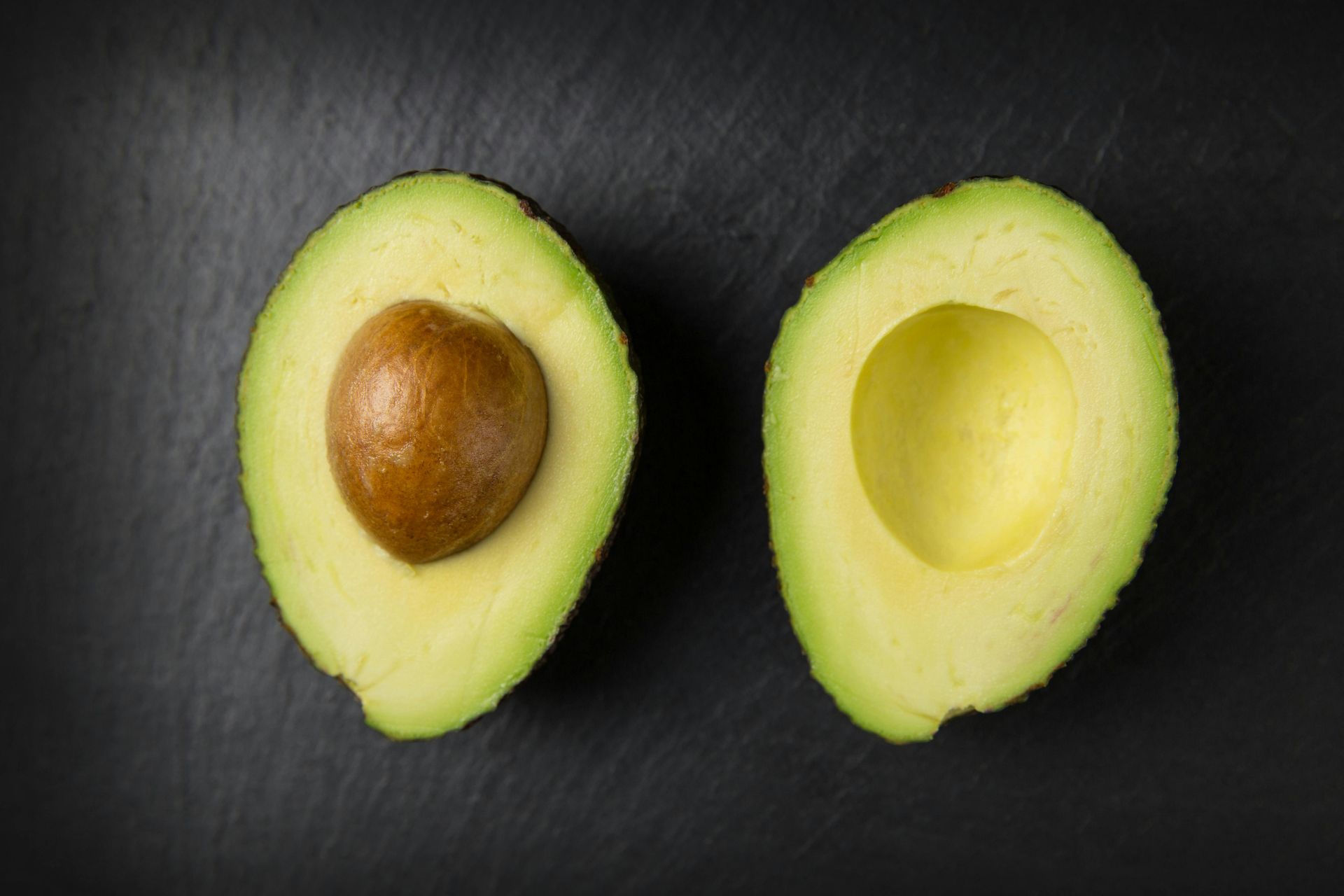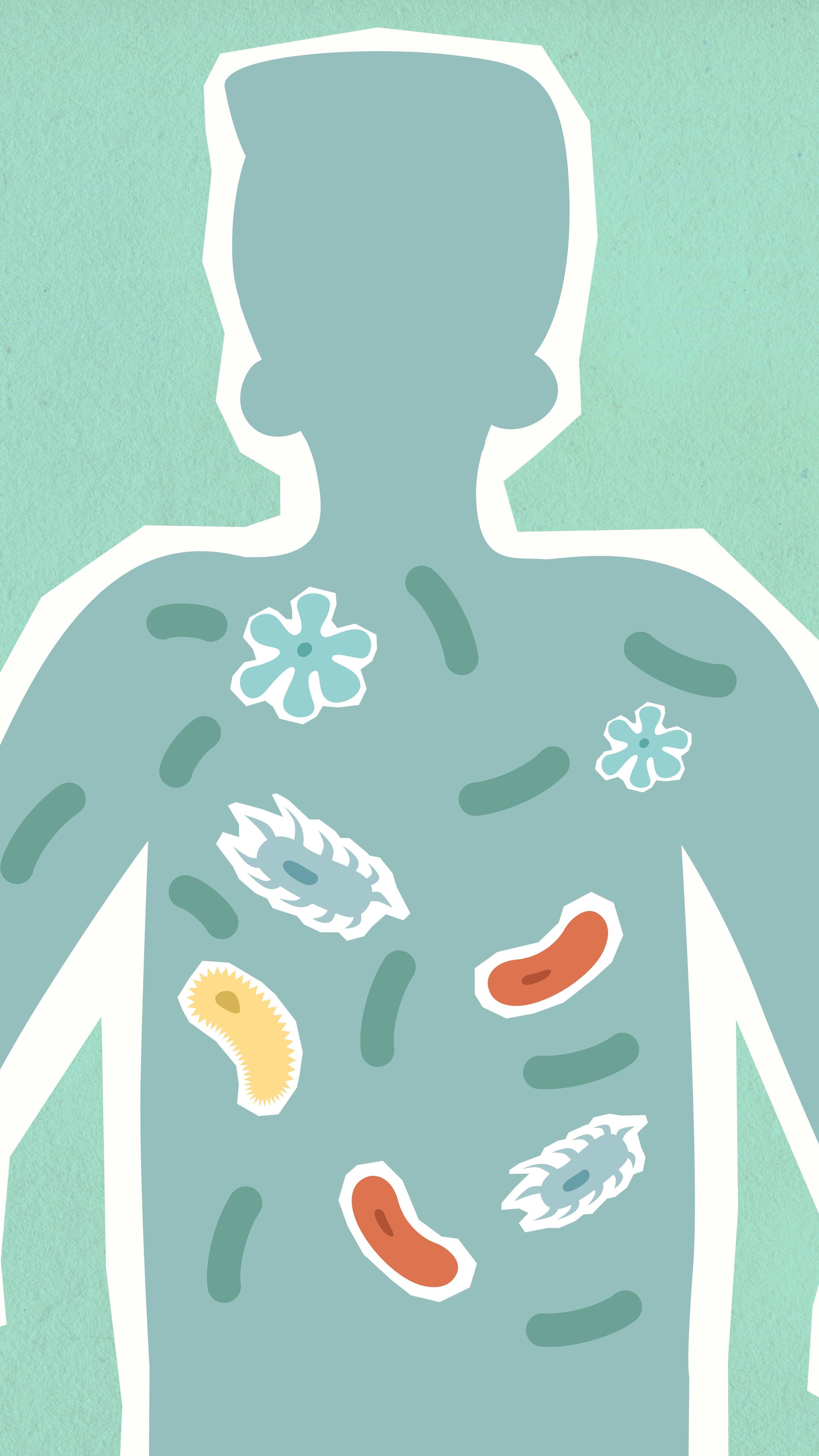The Hidden Dangers of Sugar
The Source of All Evil?

If sugar were discovered today in 2024, it would likely be classified as an addictive and dangerous substance, requiring strict regulation and control. Instead, it’s become a staple in our daily diets, spoon-fed to children and hidden in nearly 80% of processed foods. But sugar isn’t just a sweet indulgence—it’s a highly addictive substance that can dramatically alter your brain chemistry, leading to intense cravings and unhealthy behaviors.
Studies have shown that sugar affects the brain in ways eerily similar to addictive drugs. Research published in the American Journal of Clinical Nutrition revealed that consuming high glycemic corn syrup in milkshakes significantly increased blood flow to the nucleus accumbens—the brain's pleasure center associated with cravings and addictive behaviors. This is the same area of the brain activated when alcoholics take a drink or when cocaine addicts get a hit. Another study published in Neuroscience and Behavioral Reviews confirmed that sugar causes binge-like behavior and is highly addictive.
It’s not just a lack of willpower that drives us to consume sugary foods; the food industry is complicit in this addiction. They add obscene amounts of sugar to virtually everything, making it nearly impossible to avoid. So, if you find yourself unable to resist that sugary snack, it's not entirely your fault—you're up against a well-oiled machine designed to keep you hooked.
But why do I call sugar the source of all evil? Because it kills—slowly, but surely. Sugar calories are deadly. They contribute to a host of chronic illnesses, including obesity, diabetes, dementia, cancer, stroke, depression, and heart disease. Sugar raises your blood pressure, cholesterol, and triglycerides, all of which are major risk factors for heart disease. It doesn’t just promote cancer; it also increases the risk of cancer recurrence in survivors. Sugar accelerates aging, including the aging of brain cells, leading to dementia. It also damages the liver, much like alcohol does. In fact, sugar consumption has now surpassed alcohol as the leading cause of liver disease in the United States.
A study published in the journal Circulation found that sugar-sweetened beverages alone contribute to 184,000 deaths worldwide each year. And that doesn’t even include the sugar hidden in cookies, cakes, candy, chocolate milk, cereals, and countless processed foods. The average American child consumes three times the recommended daily calories from sugar.
So, how do you cut back on sugar and avoid its detrimental effects? The answer is not artificial sweeteners, which can be even worse for your brain and metabolic health than sugar itself. Artificial sweeteners do not satisfy your cravings for sugar; instead, they can push you to binge on sugary and junk foods, leading to weight gain and an increased risk of diabetes.
Cutting back on sugar is harder than you think. The food industry adds sugar to almost everything. We all know to avoid soda and sweetened drinks, but did you know that sugar is added to chicken soup, tomato sauce, bacon, most salad dressings, smoked salmon, and most breads? Even meals from fast-food restaurants are loaded with sugar. One way to avoid these dangerous added sugars is to cook your own food from scratch. Most of the harm comes from the sugar added by the food industry, not the sugar you might sprinkle on your tea or homemade spaghetti sauce.
The key to avoiding the dangerous and toxic levels of sugar consumption is to arm yourself with knowledge. Understand how dangerous sugar is for your health, learn where to look for hidden sugars so you can avoid them, and consider eliminating sugar completely from your diet temporarily through an elimination diet like our 10 + 20 program.
Our 10 + 20 program is a physician-led, transformative 30-day food and lifestyle reset that combines nutrition, fitness, and psychological support through mindfulness. The first 10 days focus on an elimination diet to reset your body by removing all inflammatory foods and emphasizing whole foods. This is followed by 20 days of reintroducing food groups to understand their impact on your health.
Take control of your health by reducing your sugar intake and breaking free from the cycle of addiction. Your body—and your brain—will thank you.
Share this post if you found it helpful and subscribe to our blog for more tips on health and wellness. Subscribers get a free infographic on our 10 + 20 program for lifestyle and longevity reset and receive notifications for free webinars. Text us on WhatsApp for more details.



